Top Things to Know Before Buying Large Pots for Indoor Plants
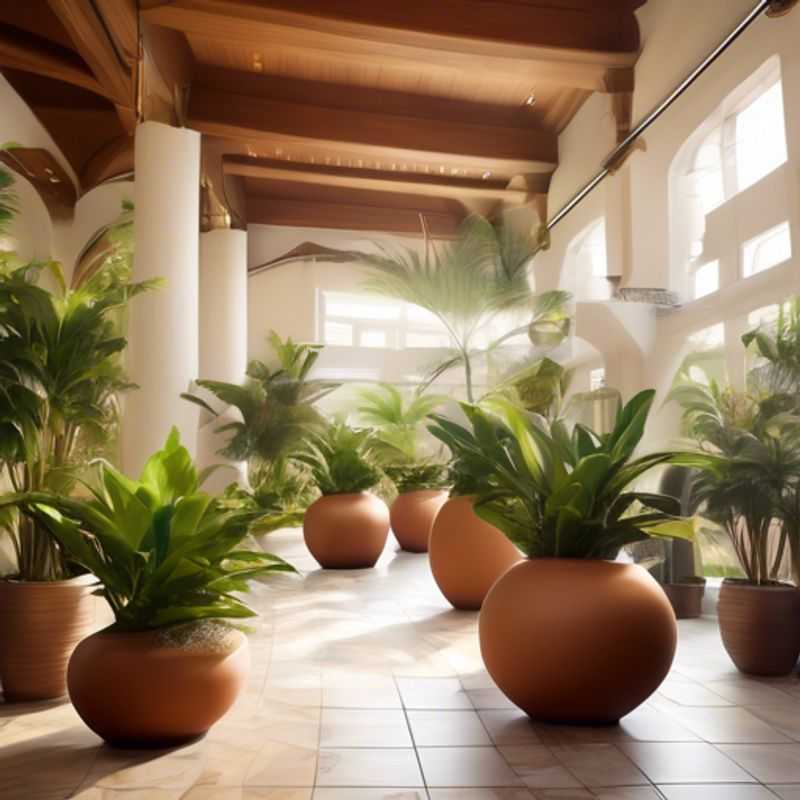
Top Things to Know Before Buying Large Pots for Indoor Plants: A Practical Guide
Embarking on the journey of cultivating large indoor plants can be a rewarding experience, but it's essential to make wise decisions before bringing home a pot that could become a logistical nightmare. let me share some key considerations before you commit to that grand pot:
Consider the size and weight of the pot. Larger pots, while visually appealing, can be surprisingly hefty. Think about where you'll be placing the pot and how easy it will be to move it around for cleaning, watering, or rearranging your space. I've certainly wrestled with a few heavy pots in my time, and I've learned to prioritize maneuverability.
Ensure the pot has proper drainage holes.
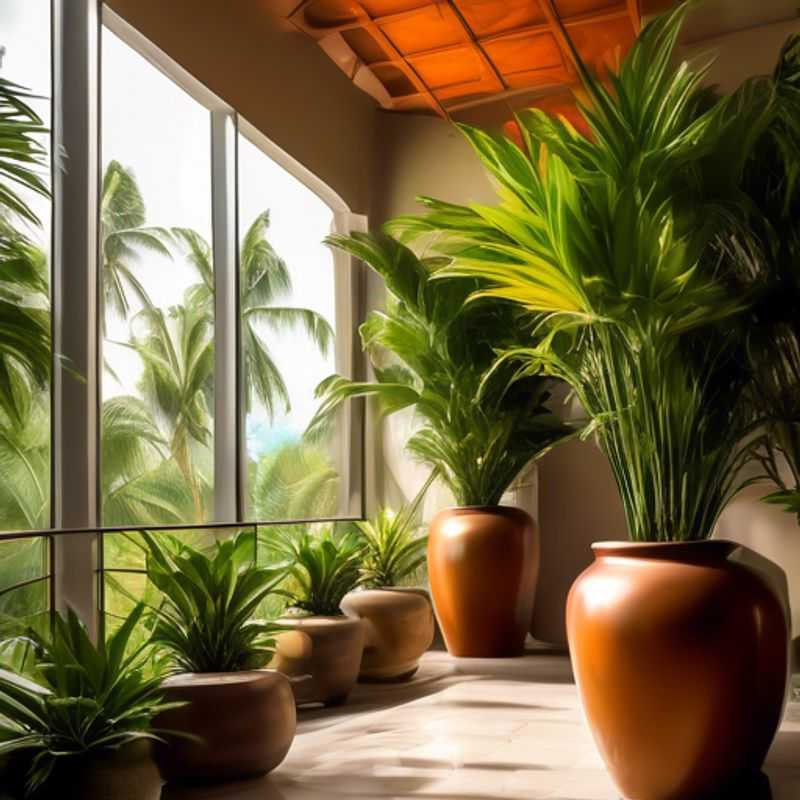
Choosing the Right Size and Weight for Your Pot: A Practical Guide
Choosing the right pot for your plants is crucial, and a key factor to consider is its size and weight. Larger pots can be heavy and difficult to move, especially when they are filled with soil and plants. This can become a challenge if you need to rearrange your garden or bring your plants indoors during the winter.
Think about the practicality of moving the pot, particularly if you have limited space or mobility. Consider the pot's material, as some, like terracotta, can become significantly heavier when wet. If you anticipate frequent moving, opt for a lighter material or a smaller pot size.
Remember, a heavy pot can also pose a safety risk. If you're placing it on a raised surface or in a location where children or pets might be present, a lighter pot might be a safer choice. Always ensure that your pots are stable and secured, especially if they are large or heavy.

Don't Let Your Plants Drown: The Importance of Drainage Holes
Ensuring your plant pot has adequate drainage is crucial for the health of your plants. Waterlogging, the condition where soil remains overly saturated, can lead to root rot, a serious condition that can kill your plants. Root rot occurs when roots are deprived of oxygen due to excess water, leading to decay and fungal infections. This is why it's essential to select pots with drainage holes. These holes allow excess water to escape, preventing the soil from becoming waterlogged. When choosing a pot, inspect the bottom carefully to ensure drainage holes are present and of a suitable size.
In addition to drainage holes, you can further enhance drainage by placing a layer of gravel or pebbles at the bottom of the pot. This acts as a barrier, allowing water to drain freely and preventing the soil from becoming overly compacted. You can also select a well-draining potting mix specifically formulated for your plant species.
By taking these simple steps, you can provide your plants with the optimal environment for healthy growth and avoid the risks of waterlogging and root rot. Remember, regular monitoring of your plants and adjusting watering practices based on their individual needs is crucial for maintaining their well-being.
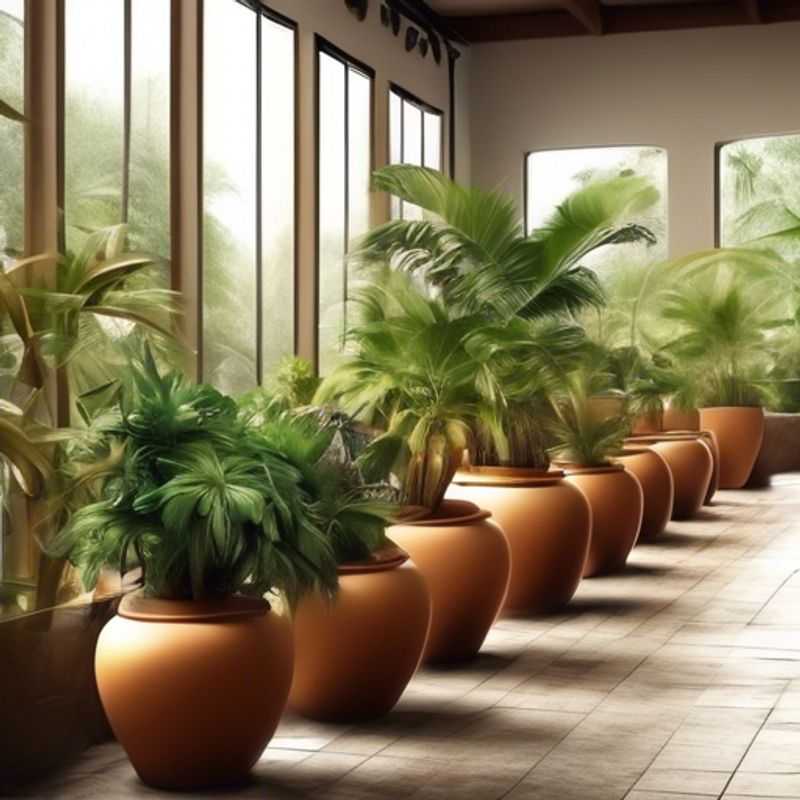
Choosing the Right Pot Material for Indoor Plants: Ceramic vs. Plastic and More
When selecting a pot material for indoor plants, ceramic and plastic are popular choices. Ceramic pots are attractive and can hold moisture well, but they can be heavier and more prone to breakage. Plastic pots, on the other hand, are lightweight, durable, and less expensive. They are also a good option for beginners as they are less likely to break if dropped.
Both ceramic and plastic pots come in a variety of styles and sizes, so you can find one that suits your needs and taste. If you're looking for a more decorative pot, ceramic is a good choice. However, if you're looking for a more practical option, plastic might be a better fit. Ultimately, the best pot material for you will depend on your individual needs and preferences.
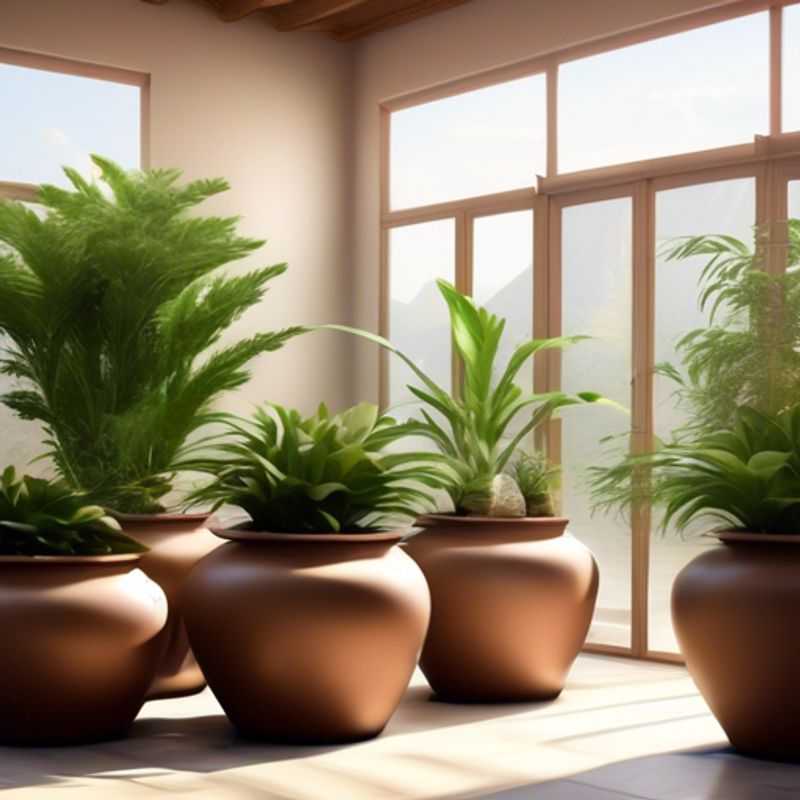
Prevent Soil Leakage: Look for Pots with Glazed or Sealed Interiors
When selecting pots for your plants, prioritize those with a glazed or sealed interior. This crucial feature prevents soil from leaking through the pot's material, ensuring your plants have a stable environment and preventing messes. Unglazed terracotta pots, while aesthetically pleasing, are notoriously porous, leading to soil leakage and potential damage to your plants. Opting for glazed or sealed pots can contribute to a more controlled and successful growing experience for your plants.
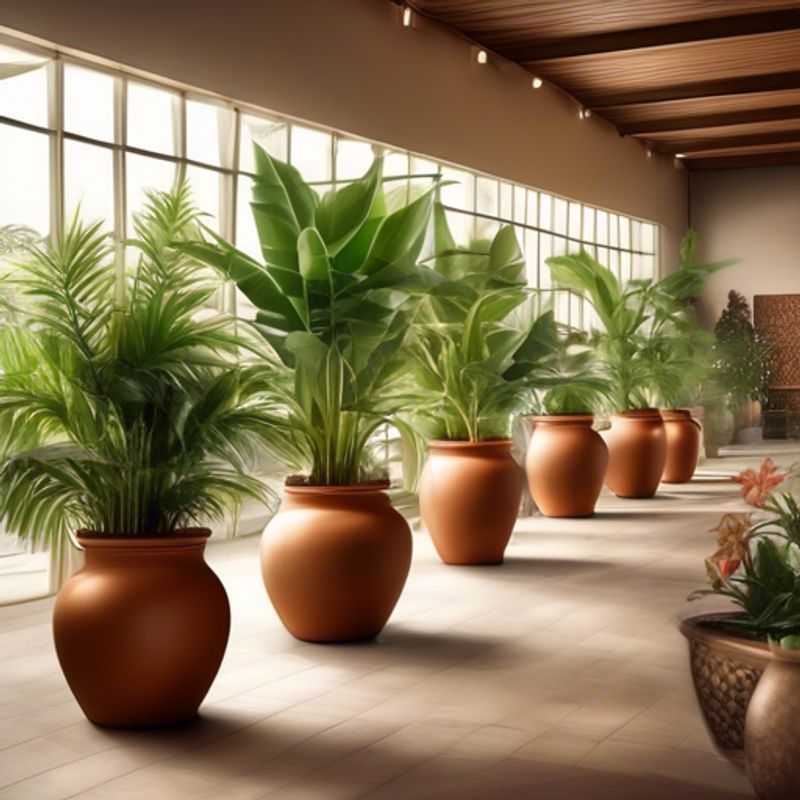
Measure Your Space, Maximize Your Plants: Choosing the Right Pot Size
Before you even think about shopping for a new pot, take a tape measure and roam your home. You need to know the exact dimensions of the space you have available. This isn't just about fitting the pot itself, but also about allowing room for you to move around the plant comfortably. Consider the height, width, and depth of the spot you have in mind, and remember to factor in the potential growth of your plant.
Measure the height of the space from the floor to the ceiling. Don't forget to factor in any obstructions like furniture or light fixtures.
Now, measure the width of the space you’ve chosen. Is there a window or a corner that limits your options? Be sure to take this into account.
Finally, measure the depth of the space you’ve chosen. Are there any walls or obstacles that could impede the plant’s growth? Keep in mind that you'll need enough space to comfortably care for your plant - think about watering, repotting, and cleaning!
Once you have these measurements in hand, you’ll have a much better idea of the size and shape of the pot you can choose for your plant.
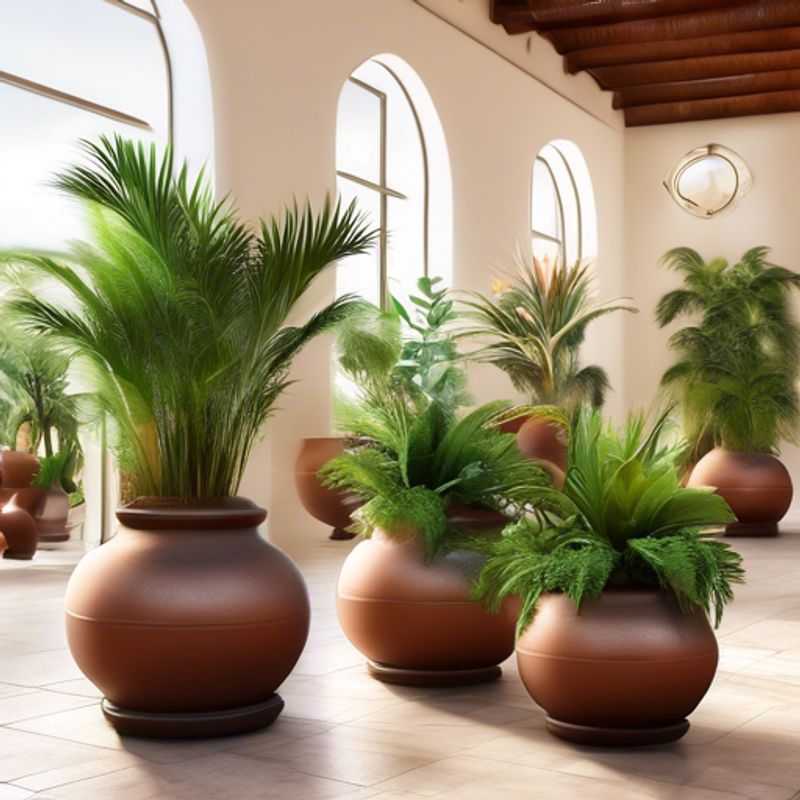
Choosing the Right Pot: Matching Plants and Containers for Success
When planning to grow a specific plant, it is crucial to check the pot's compatibility with that plant. The right pot can greatly influence the plant's growth and health. Here are some key factors to consider:
1. Size: Ensure the pot is the appropriate size for the plant's root system. A pot too small can restrict growth, while one too large may lead to overwatering.
2. Material: Pots come in various materials such as plastic, clay, and ceramic. Each affects moisture retention and temperature. For example, clay pots are porous and allow for better aeration, which may be beneficial for certain plants.
3. Drainage: Good drainage is essential to prevent root rot. Make sure the pot has adequate drainage holes. If not, consider drilling holes or choosing a different pot.
4. Style: The aesthetic of the pot can also play a role. While this is more of a personal choice, some plants thrive better in specific styles that complement their growth patterns.
5. Cost: When estimating your budget, account for the cost of pots, which can range from inexpensive plastic options to more costly decorative pots. Additionally, consider any necessary accessories like saucers for drainage or pot liners.
By focusing on these aspects, you can ensure that your chosen pot will support the growth of your specific plant effectively. For more detailed information, a quick online search can provide you with further insights tailored to your plant's needs.
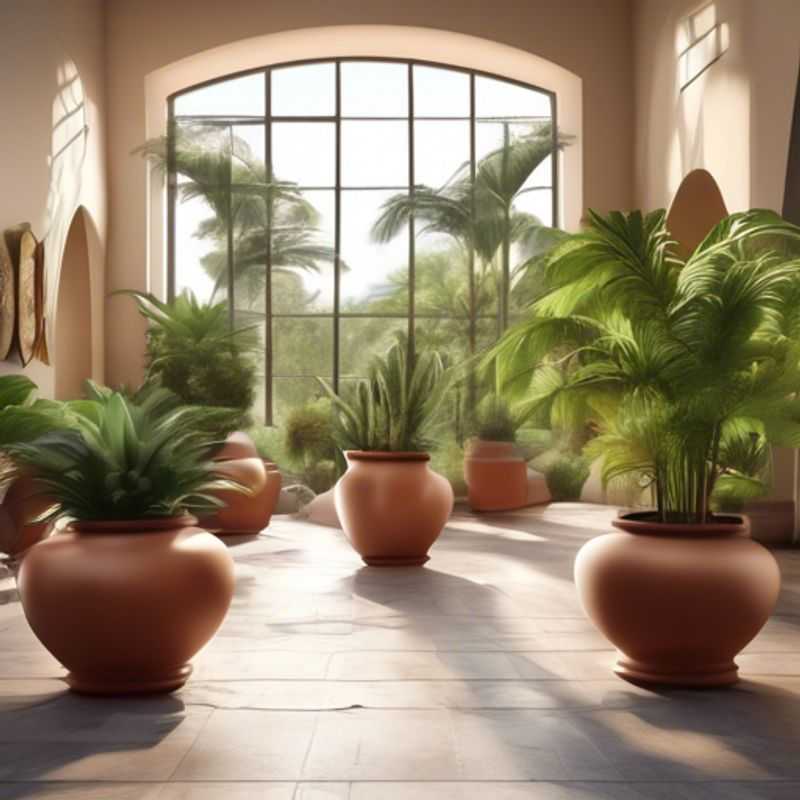
Bringing the Outdoors In: Mastering the Art of Large Indoor Plant Care
Bringing a large indoor plant into your home is a wonderful way to enhance your living space, but it's crucial to understand the care requirements to ensure its flourishing. Researching these needs is essential, and thankfully, it's not as overwhelming as it may seem. Here’s a short guide to help you get started:
Light: The very first thing to determine is the plant’s light requirements. Some plants thrive in bright, direct sunlight, while others prefer shade or filtered light. Your home’s natural light exposure will be a major factor in choosing the right plant for your space.
Watering: Understanding the plant’s watering needs is vital. Overwatering is one of the most common reasons for plant death. Research the plant's ideal soil moisture level and frequency of watering. You’ll likely find that most indoor plants prefer to dry slightly between waterings.
Soil and Potting: Soil composition is crucial for plant health. Choose a well-draining potting mix that is suitable for your plant's needs. Repotting the plant into a larger container may be required as it grows.
Humidity: Most indoor plants prefer a slightly humid environment. If you live in a dry climate, you may need to consider using a humidifier or other methods to increase the humidity around your plant.
Fertilizer: A balanced fertilizer can help your plant thrive, but it’s important to follow the instructions on the product and avoid over-fertilizing, which can damage the roots.
Pests and Diseases: Regularly check your plant for signs of pests or diseases, and take appropriate action if necessary. Identifying and addressing issues early can help prevent them from becoming major problems.
Note: While you can find detailed information about plant care online, it's always a good idea to consult a local gardening expert or nursery if you have specific questions or need personalized advice.
